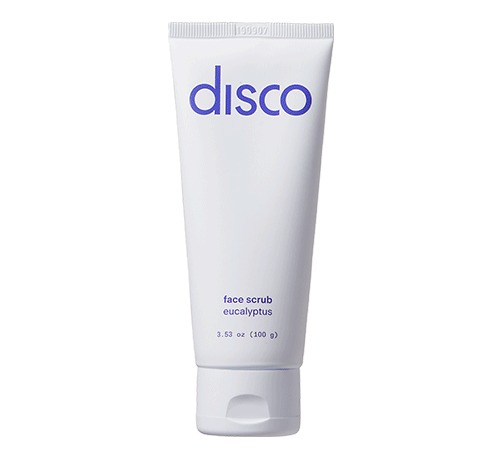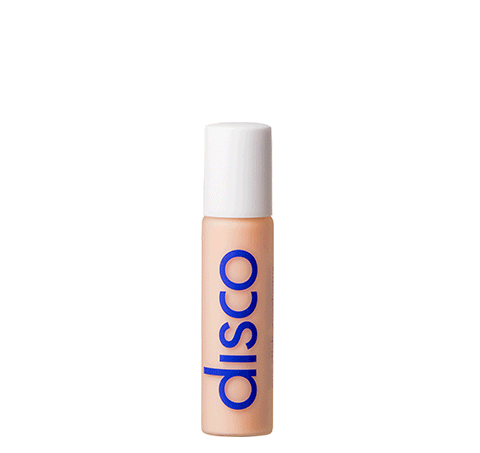Dandruff isn’t a sign of poor hygiene, but that doesn’t stop men and women alike from feeling embarrassed when you see those telltale white flakes on your shoulders.
Those lucky men who can grow full, thick facial hair also have an additional risk of finding dandruff in their beards. If you’ve started seeing flakes in your facial hair, you’re probably looking for the quickest way to restore your beard to its former glory.
The good news is that, in many cases, dandruff can be managed and even cleared up entirely simply by using the right products.
Here is how to get rid of beard dandruff, and better yet, potentially prevent beard dandruff from happening again.
What Is Dandruff?
Dandruff is a fairly common condition that causes dry, flaky, itchy skin, generating visible flakes that are a combination of sebum (the natural oils produced by your skin) and dead skin cells. Several factors can cause dandruff, including allergic reactions or skin conditions such as psoriasis or eczema.
The two most common causes of dandruff are dry skin or fungal infection. Dry skin can become red and flaky over time, particularly during periods of stress or in cold, dry winter conditions, and cause the excessively dry skin to flake off and get stuck in your hair and beard.
The other common culprit is Malassezia globosa, a fungus that lives naturally on our skin. This compound breaks down the buildup of oils on our skin and hair, and in doing so releases a compound called oleic acid, which can trigger an immune response in some individuals that causes skin cells to turn over (replace old skin cells with new ones) more quickly.
When this process accelerates, it can cause the old, dead skin cells to accumulate on the skin’s surface and lead to dandruff flakes.
How Do I Get Rid Of Dandruff In My Beard?
Though dandruff is most commonly associated with the scalp, it can affect men in the skin beneath their beards as well. Dandruff isn’t a sign of poor hygiene, but you can often incorporate specific steps and products into your self-care regimen that help to combat the onset of dandruff to keep your scalp and beard flake-free.
If you have psoriasis, eczema, or another underlying skin condition, you should consult a dermatologist to determine the best way to treat your dandruff.
Exfoliate Regularly
Since dandruff is the physical buildup of dead skin cells, one way to minimize its appearance is to use an exfoliating product regularly to help your skin slough off those flakes as they accumulate. One way to specifically target beard dandruff is to use a beard brush every day as you work through your grooming routine.
The brush will provide some mild exfoliation to the skin beneath your beard and will also help distribute your natural oils and hair products between the healthy and dandruff-affected parts of your skin. Try to work some face exfoliator in there as well.
Treat Your Beard Like Your Hair
You already wash the skin beneath your beard when you wash your face, but you should be treating your beard with the same care that you treat the hair on your head as well. Using a gentle beard shampoo with natural ingredients will help to manage any buildup of dead skin cells and excess oils without completely stripping your beard or skin of the natural oils that it needs to stay healthy and hydrated.
Working in a beard conditioner as well will add an extra level of hydration to help eliminate itchy or irritated skin. If you’re only dealing with a mild case of dandruff, giving some extra attention to washing and conditioning your beard could be enough to eliminate your dandruff altogether.
Use A Dandruff-Specific Wash
More severe dandruff cases may need to be treated with a medicated, dandruff-specific shampoo to remedy your symptoms. You can use the same over-the-counter products for your hair or your beard, but there are also plenty of beard-specific products out there made with natural ingredients specifically selected to combat dandruff.
Aloe vera, for example, has anti-inflammatory and anti-fungal properties, and tea tree oil has antimicrobial properties that can help to eliminate bacteria that dry out and irritate your skin.
Products that leverage natural ingredients often have the added benefit of avoiding harsh chemical ingredients that can cause dryness or inflammation, exacerbating any predisposition you might already have to develop dandruff in the first place.
Oil That Beard Up
Using a high-quality beard oil or balm on the regular can give your beard the extra hydration boost that it needs to stay moisturized and itch-free. You don’t need to use a whole lot; just a few drops after you get out of the shower will do the trick.
Make sure that you massage that oil it through your entire beard, touching the skin underneath to make sure that you got all the way down to the roots. Keeping your beard and the skin beneath hydrated will help to minimize potential flaking, avoiding the appearance of dandruff altogether.
Final Thoughts
Understanding the source of your skin issues is a crucial part of outlining your skincare regimen. It’s easy to buy products and expect a quick fix for whatever issue you’re up against, but you might accidentally exacerbate the case if you misdiagnose the problem.
Before you jump straight to buying dandruff-specific products, make sure that what you’re experiencing is really dandruff and not just dry, itchy skin. Dandruff tends to be accompanied by redness and irritation; if your skin is slightly and chronically scratchy, aim to troubleshoot that first.







